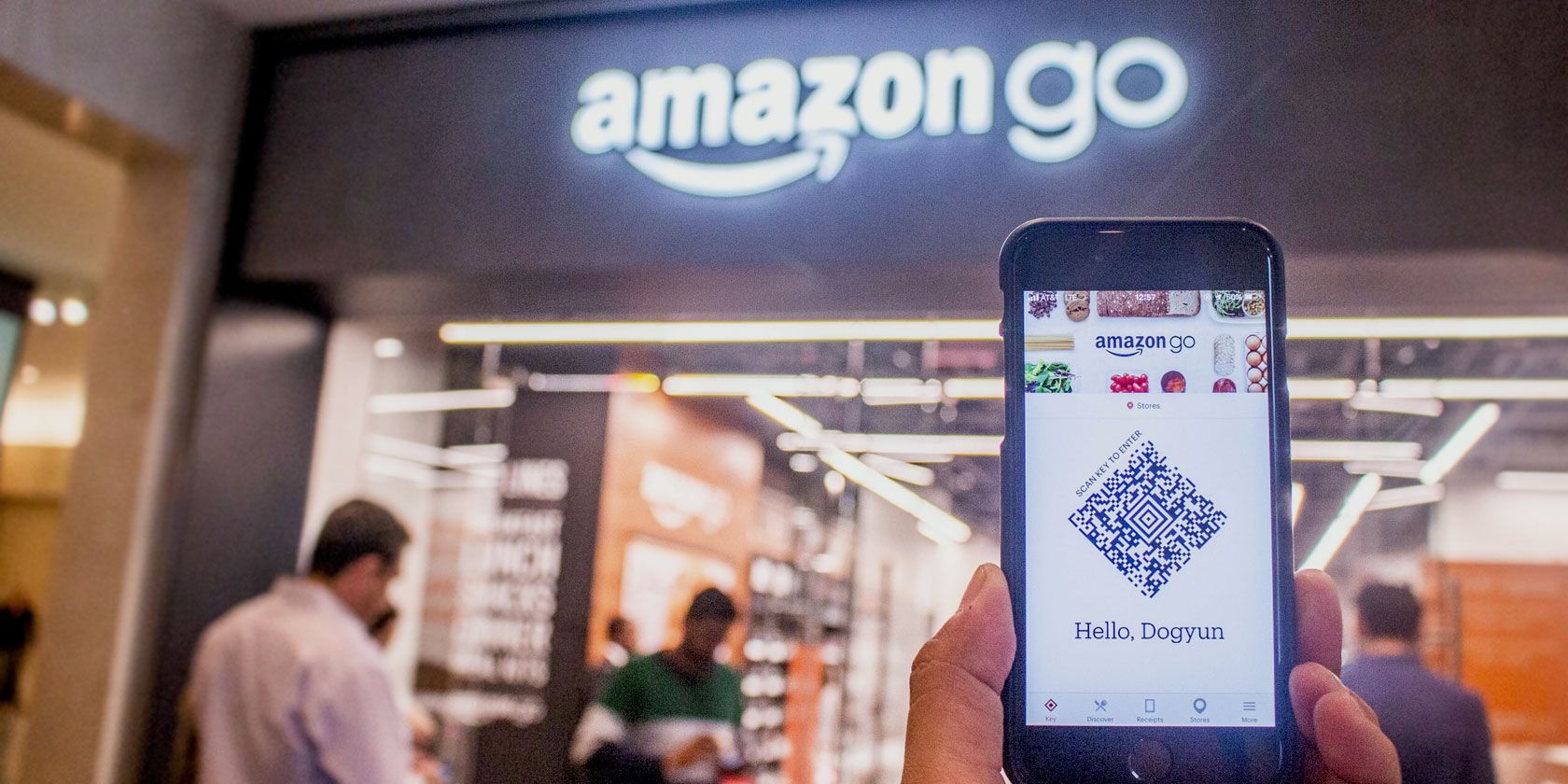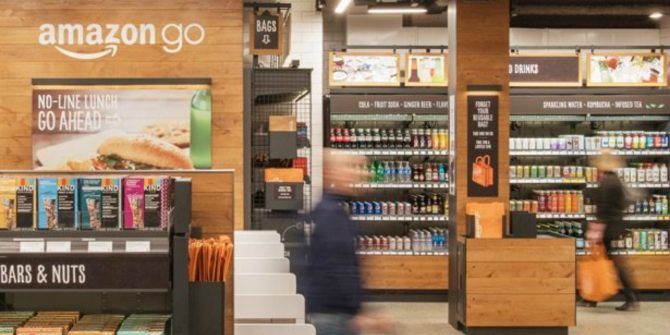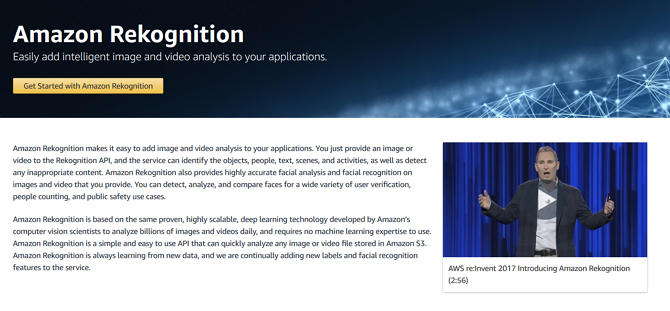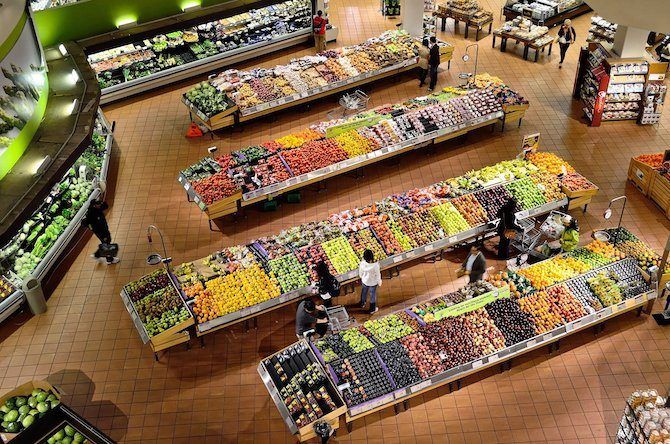Amazon is one of the world's largest online retailers. However, the company does dabble in bricks and mortar retail, too. In the past, Amazon has opened pop-up outlets and book stores.
Its latest retail experiment is Amazon Go, an automated grocery store. In theory, these outlets allow you to enter, pick up your goods, and leave without interacting with store staff or cashiers.
Whether you have a store nearby or you're interested in the company's vision for retail, let's take a look at Amazon Go and explore how it works.
What Is Amazon Go?
Amazon started as an online bookseller before dramatically expanding its range. The company is now one of the world's largest online retailers and operates Amazon Web Services, a critical part of internet infrastructure. However, aside from minor experiments, the company doesn't have a significant physical presence.
In recent years, Amazon has shown an increasing interest in the grocery business. Its Amazon Fresh service is an online grocery store with next or same-day delivery for particular items. In 2017, the company acquired the Whole Foods Market supermarket chain. Alongside these developments, it launched Amazon Go, an automated bricks and mortar grocery store.
There are currently 26 Amazon Go stores spread across four US cities; Seattle, Chicago, San Francisco, and New York. The outlets primarily focus on convenience food---pre-prepared lunches, dinner kits, ready meals---but also have a range of other grocery items. However, automation is the notable thing about the Amazon Go stores.
Thanks to the proprietary Just Walk Out technology, you enter the store, pick up your goods, and leave without passing through a checkout. The system monitors the products you select and bills them to your Amazon account as you leave the store. The only thing you need to do is install the Amazon Go app on your smartphone.
How Does Amazon Go Work?
At first glance, Amazon Go stores appear similar to other grocery shops. The finish and overall design will be familiar to anyone who has ever shopped in Whole Foods Market. To use Amazon Go, you need the smartphone app installed and signed in before you enter the store.
As you pass through a turnstile at the entrance, the Just Walk Out system identifies you, uses cameras and sensors to track you throughout the store, and links this activity to your Amazon account. Without needing to do anything further, you can grab a basket or shopping trolley and go about your business.
The cameras and various sensors installed throughout the shop monitor the products you take from the shelves and can even detect when you change your mind and leave an item behind. However, this isn't always as reliable as the company would like you to think.
When the Amazon Go Grocery store opened in early 2020, Ars Technica found that it was possible to trick and confuse the system. Having said that, the system accurately tracks most people's shopping. Once you've ticked off everything on your list, usually, you'd head to the checkout.
Amazon Go stores don't have cashiers or self-service checkouts. Instead, the Just Walk Out system links the products in your basket to your Amazon account as you scan your app at the turnstile and walk out the store. The cost of your visit is automatically billed to your account.
Amazon Go Privacy Concerns
Understandably, the Just Walk Out tech makes some people feel uncomfortable. Amazon has a poor reputation for privacy, worker's rights, and enabling invasive law enforcement technology. Additionally, the retailer is among a handful of large tech companies who don't really care about your security.
Amazon Rekognition, a facial recognition system, has been central to this controversy. The company explicitly targeted law enforcement agencies around the world, leading to claims that Amazon was aiding state oppression. This was particularly notable as Rekognition was repeatedly shown to display bias and misidentify race and gender.
Additionally, Amazon knows a lot about you already. From Echo devices, to smartphone apps, to your shopping and viewing habits, the company has amassed an enormous trove of personal information. Amazon Go facilitates the collection of this formerly private data. Consequently, Amazon knows when you shop, how you browse, the products you buy, and your biometric data.
It's also not unreasonable to consider that your face data would be used to train the Rekognition systems. Likewise, there is always the possibility that Amazon may share biometric and facial data with law enforcement in the future. While there is no evidence that this is currently the case, you should keep this in mind before shopping with Amazon Go.
The Future of Grocery Shopping
There is a widely-held view that Amazon will eventually license Just Walk Out to other retailers. The company has used this type of business model in the past with Amazon Web Services, currently the most profitable part of the business. In this scenario, Amazon continues to gather data for its own use while charging other retailers to use Just Walk Out.
Each store you enter could then seamlessly track your chosen items and charge them to your store or Amazon account. While the current Amazon Go stores are a novelty, expanding the service to most retailers would dramatically change the shopping experience. It would certainly be easier to go shopping, and require less queuing and fewer interactions with staff.
Depending on your point of view, this is either an exciting development or a negative vision of the future. In-store shopping would be more convenient and less time consuming, but also less personal. The retail industry employs over 10 percent of the US workforce, so the loss of jobs from increased automation would be significant, too.
Amazon has a near-monopoly position in online retail. The growth of Amazon Go and the expansion of Just Walk Out would cement this status in the physical world. Just as most websites you visit rely on Amazon Web Services, Just Walk Out would make physical stores reliant on Amazon.
Would You Use Amazon Go?
Technological progress is exciting. Amazon Go and Just Walk Out could change retail in many positive ways. Queuing is one of the main downsides to shopping instore rather than online. Amazon Go reduces the inconvenience of physical stores.
That said, Amazon may not be the right company to trust with this vision of the future. If you're an avid reader and looking for an alternative, consider one of the best Amazon alternatives to buy books online.




